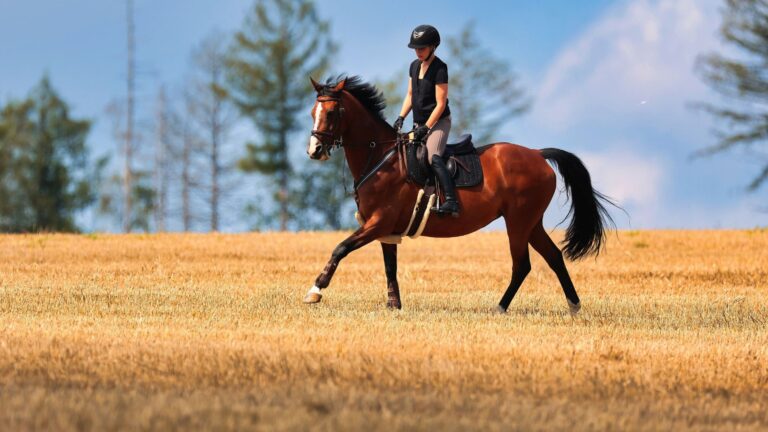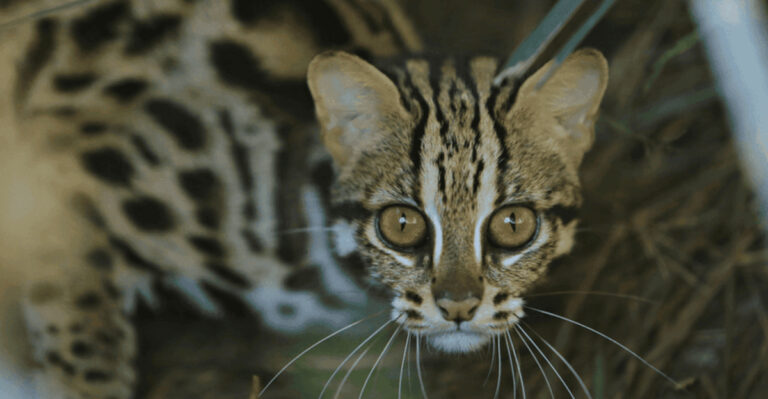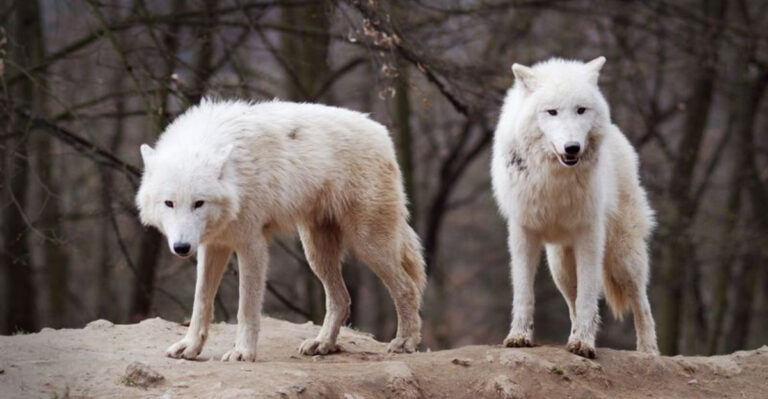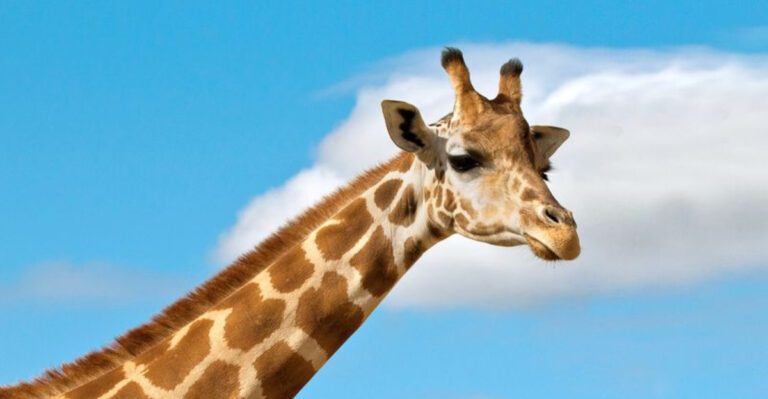14 Farm Cat Breeds That Vanished From Barns (And What’s Bringing Them Back)
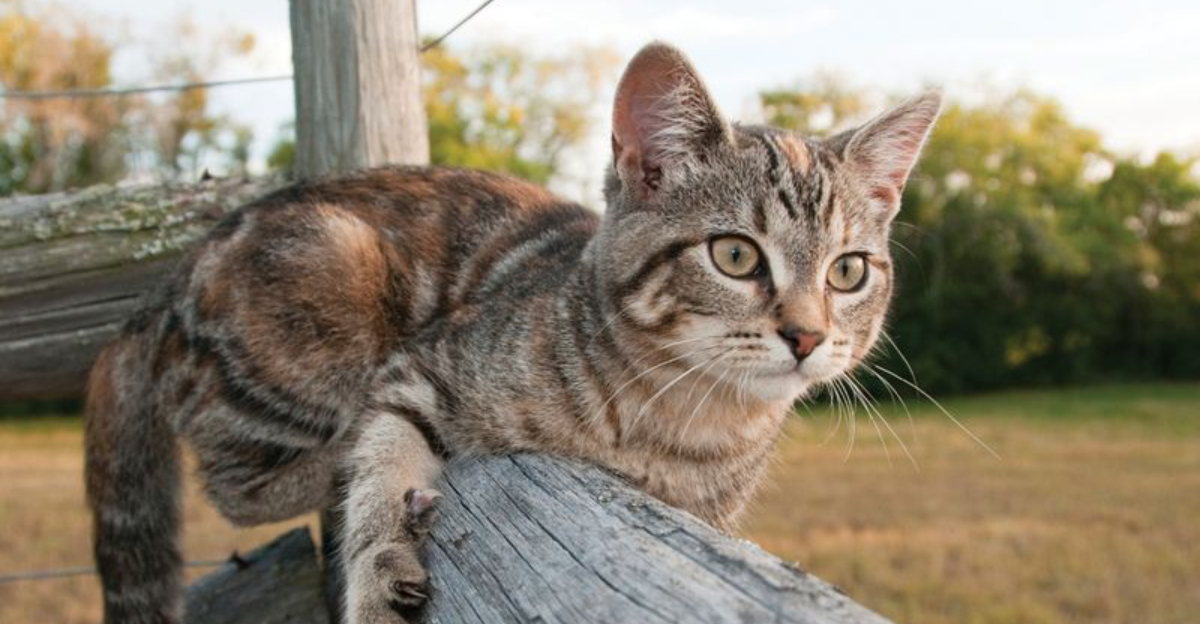
Remember when every barn had its own squad of working cats? These mousers weren’t just pets – they were essential farm workers keeping grain stores safe from rodents. Over the decades, many traditional farm cat breeds nearly disappeared as agriculture modernized.
Now, thanks to dedicated breeders and a renewed interest in heritage animals, these historic feline farm hands are making a comeback.
1. The Mighty Maine Coon
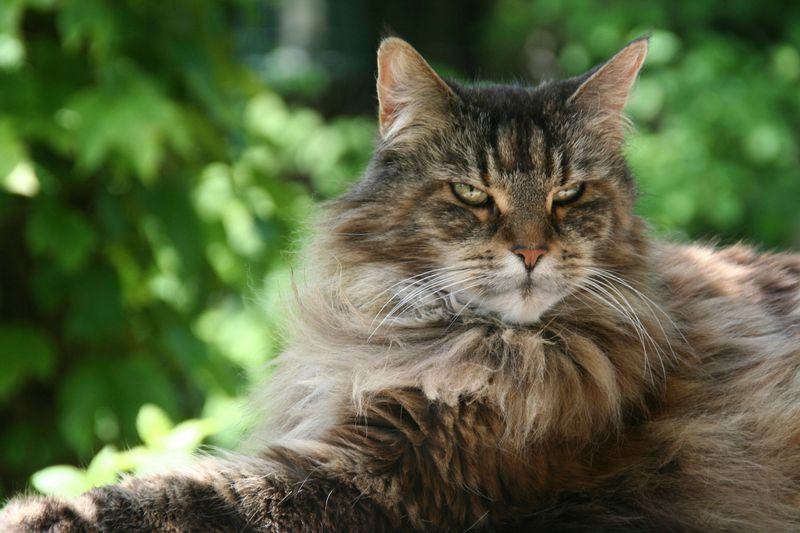
Once the unofficial mascot of New England barns, these gentle giants nearly vanished in the 1950s when exotic breeds became fashionable. Their thick, water-resistant coats made them perfect for harsh winters.
Today, small-scale farmers seeking natural pest control are bringing them back. Their legendary mousing skills combined with family-friendly personalities make them farm favorites again.
2. Vanishing European Shorthair
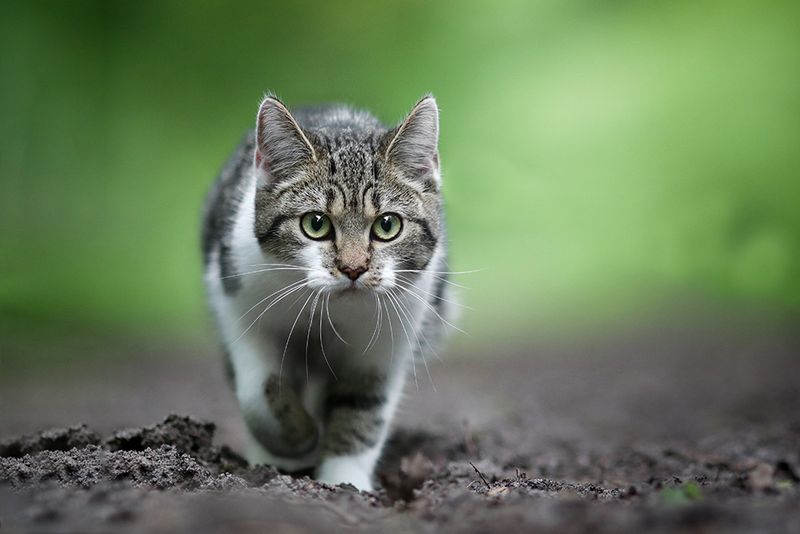
Hardy survivors with centuries-old farming roots, these cats nearly disappeared when industrialized farming took over. Farmers valued them for their exceptional hunting abilities and no-nonsense attitude toward vermin.
Small organic farms are now actively recruiting these cats. Their natural resilience to disease and weather extremes makes them ideal for sustainable agriculture practices.
3. Norwegian Forest Cats In Decline

Imagine a cat climbing headfirst down a barn wall! These Scandinavian treasures nearly disappeared after WWII when food shortages made keeping cats impractical.
Their comeback started in the 1970s, but they’re now finding renewed purpose on farms. With semi-waterproof coats and incredible climbing abilities, they’re perfectly designed for northern farming operations.
4. The Forgotten American Shorthair
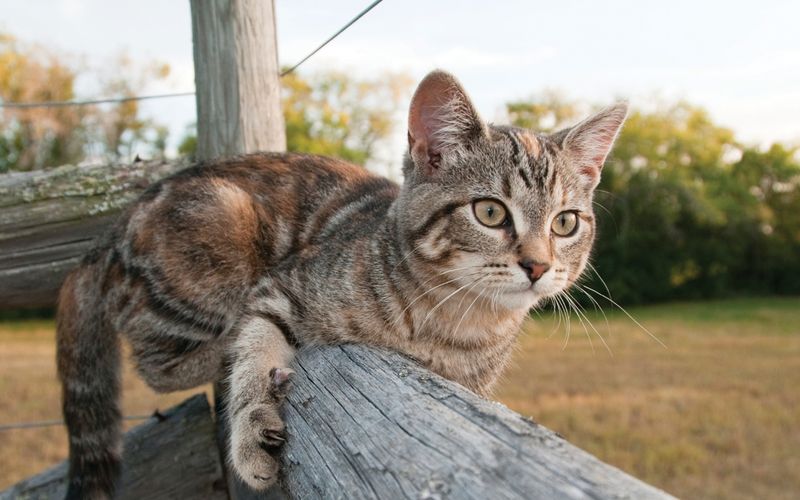
Early settlers brought them across the Atlantic to guard precious food stores on colonial farms. By the 1960s, barn cats were on the decline as chemicals took over pest control.
Today, heritage farming movements are helping revive these natural hunters. Friendly yet focused, they fit right in on farms where charm and rodent control both matter.
5. Siberian Barn Protectors
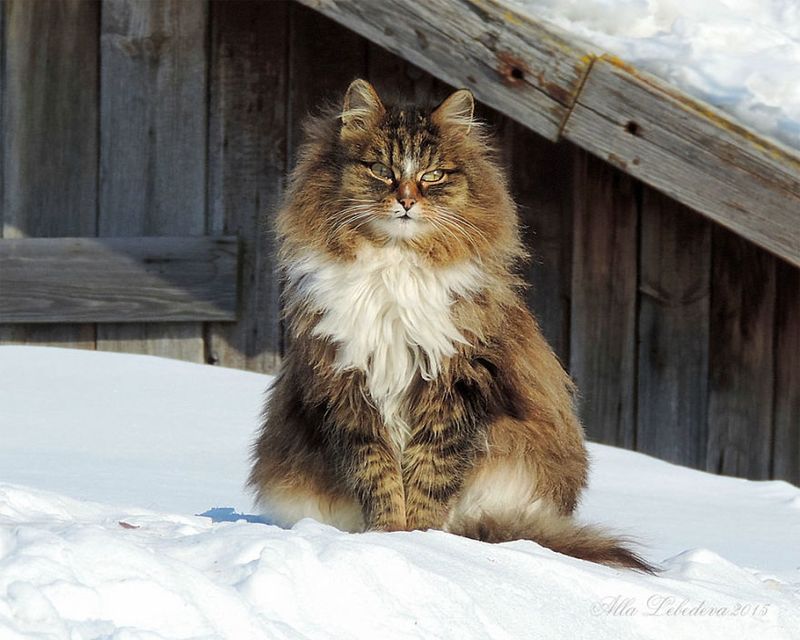
Built like furry tanks with personalities to match, these Russian powerhouses almost disappeared during Soviet collectivization. Their thick triple coats and tufted ears evolved for the harshest farming environments on earth.
Modern homesteaders are rediscovering them as the ultimate cold-weather farm companions. Surprisingly, they’re also among the most hypoallergenic cats – a bonus for farmers with allergies!
6. The British Farm Cat Crisis
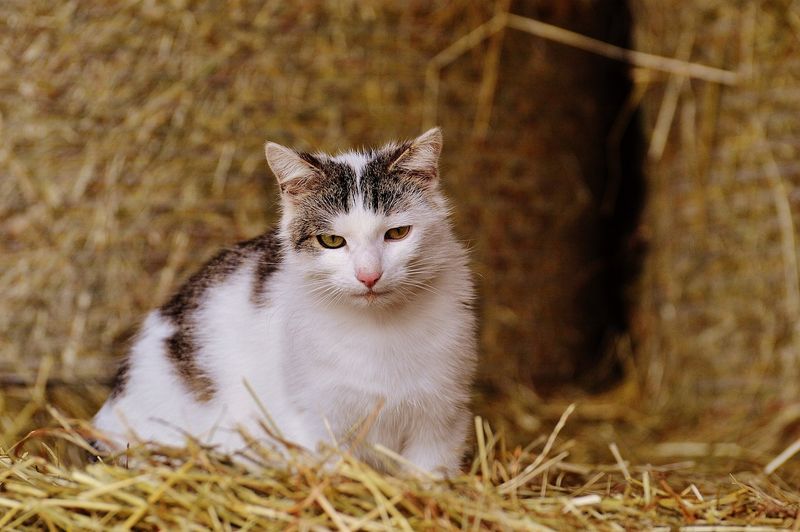
Sturdy and no-nonsense, traditional British farm cats nearly disappeared during the mad cow disease crisis when many farms closed. These cats were celebrated for their practical approach to farm life – less lap cat, more working professional.
Farm-to-table movements have created new opportunities for these cats. Their natural independence makes them perfect for busy working farms where constant attention isn’t possible.
7. Manx: The Tailless Hunters

With round bodies and no tails, they earned a place on farms thanks to their compact build and quirky charm. Agile and efficient, they relied on stealth and sudden pounces to eliminate pests in tight quarters.
Small dairy farms and artisanal cheese makers are helping reintroduce them to rural life. Calm and confident, they blend easily into barn environments without startling livestock.
8. Turkish Van’s Farming Heritage
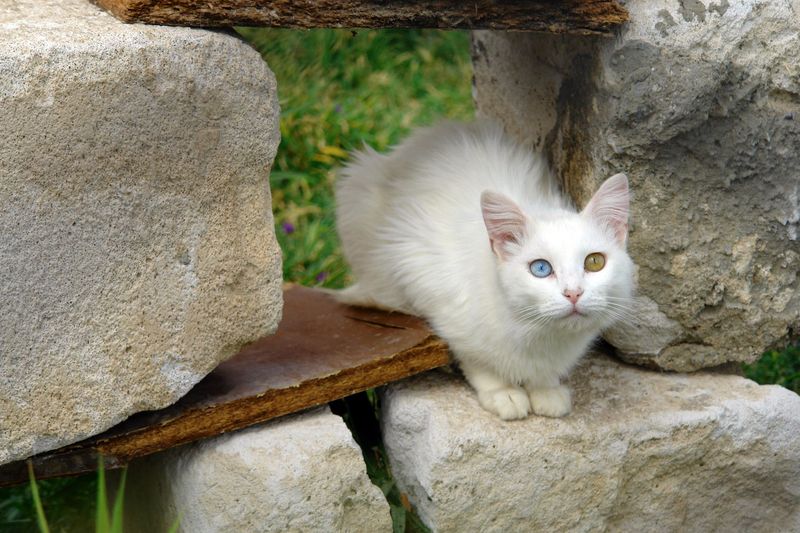
Swimming cats on farms? These water-loving felines nearly vanished from Turkish agricultural areas during regional conflicts. Farmers prized them for controlling pests around irrigation systems and water storage.
Modern aquaponic farming systems are creating perfect environments for their return. Their unusual love of water makes them uniquely suited for these innovative farming approaches combining fish and plant production.
9. Japan’s Bobtail Barn Guardians

Often seen as symbols of fortune, short-tailed cats once thrived in Japan’s rice fields. Agile and energetic, they kept barns free of rodents with impressive efficiency.
As interest in traditional farming practices returns, some rice growers are bringing them back into the fold. With naturally alert personalities and expressive voices, they act as both companions and early warning sentries.
10. The Disappearing Khao Manee
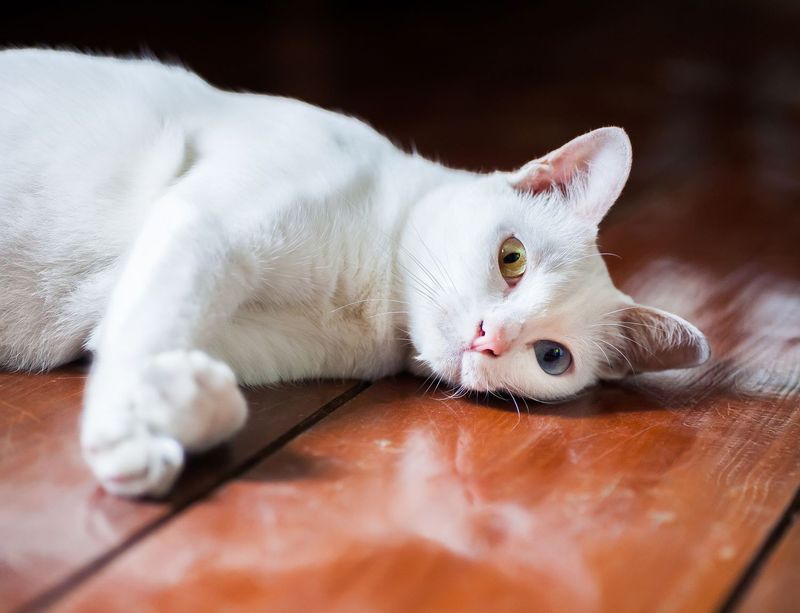
White as milk with mismatched eyes that seem to glow in the dark, these Thai farm cats were nearly lost forever when traditional farming declined. Dairy farmers believed they brought good fortune to milk production.
Boutique dairy operations are bringing them back as living connections to agricultural heritage. Their striking appearance also makes them ambassadors for farm tourism experiences.
11. Chartreux: France’s Blue Farmers
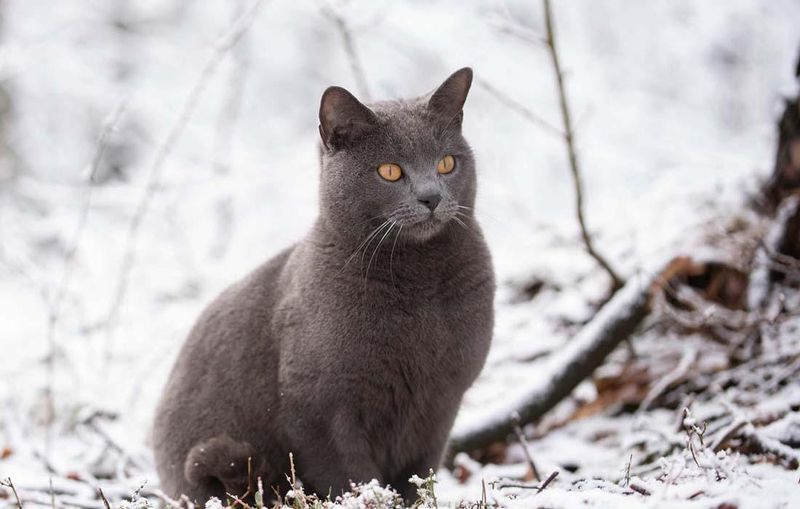
Sporting plush blue-gray coats like morning mist over French fields, these cats nearly vanished during World War II. Vineyard owners especially valued them for protecting harvested grapes from rodents.
Artisanal vineyards and lavender farms are bringing them back into service. Their quiet, methodical hunting style and copper eyes make them both effective workers and distinctive farm mascots.
12. Australia’s Lost Farm Hunters
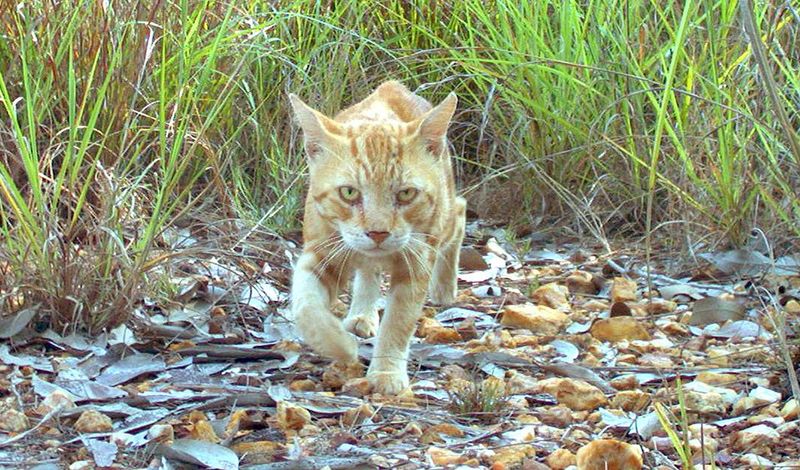
Evolving to handle everything from snakes to mice, Australia’s unique farm cats nearly disappeared when poison-based pest control became standard. These cats developed specialized hunting techniques for Australia’s unique pest challenges.
Organic farming movements are rediscovering their value. Their natural resistance to heat and ability to control multiple pest species make them valuable partners in chemical-free farming.
13. The Cymric’s Barn Revival
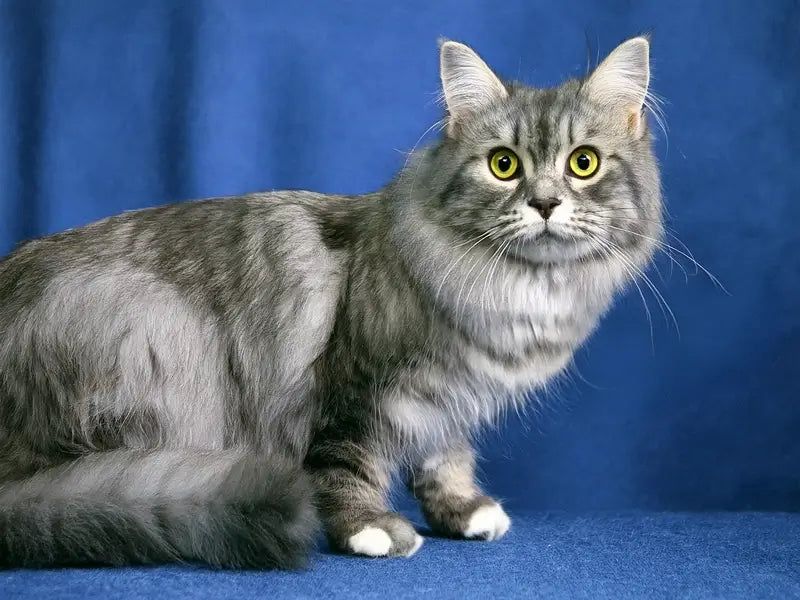
Picture a long-haired Manx springing between hay bales with ease. Once staples of Celtic farms, they faded from the fields as modern agriculture took over.
Thick double coats helped them thrive in cool, damp climates. Sheep farmers now value them again for their rodent-hunting skills near feed storage.
14. California’s Forgotten Polydactyls
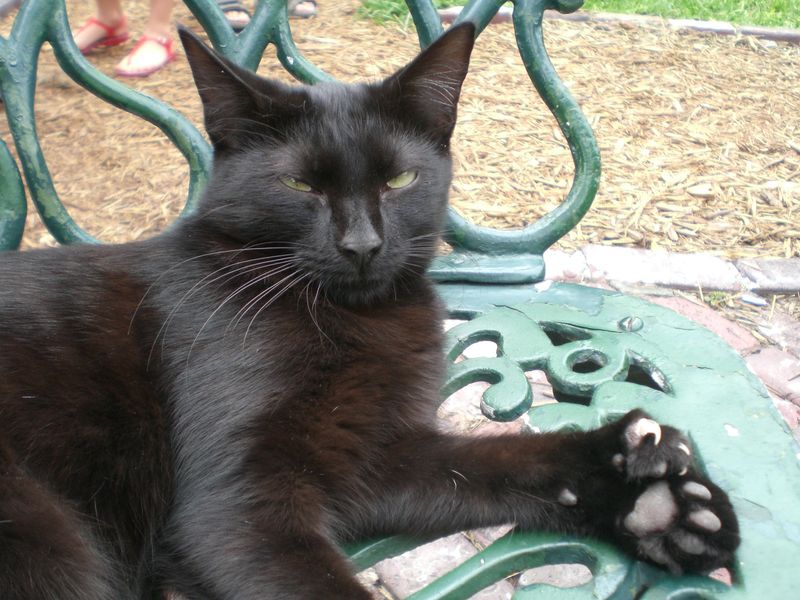
Extra toes meant extra catching power for these six-toed specialists once common on California’s early fruit farms. They nearly vanished when industrial agriculture took over in the 1940s.
Sustainable orchard operations are seeking them out again. Their unique paws give them advantages when climbing trees to hunt birds that damage fruit, providing natural pest control in places chemicals can’t reach.

